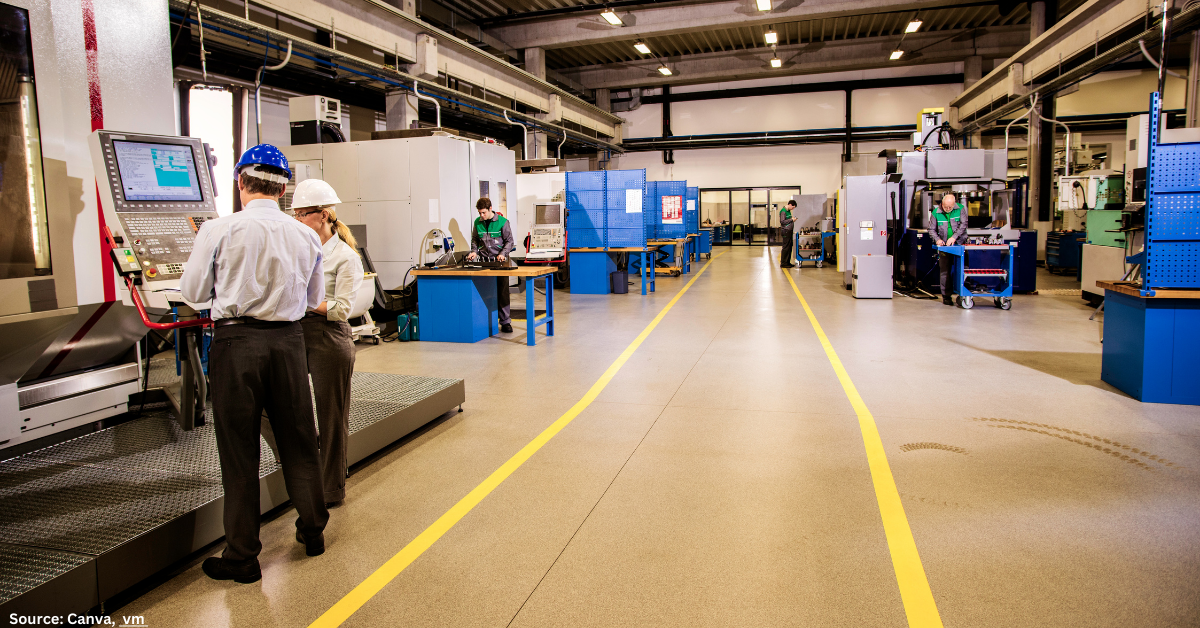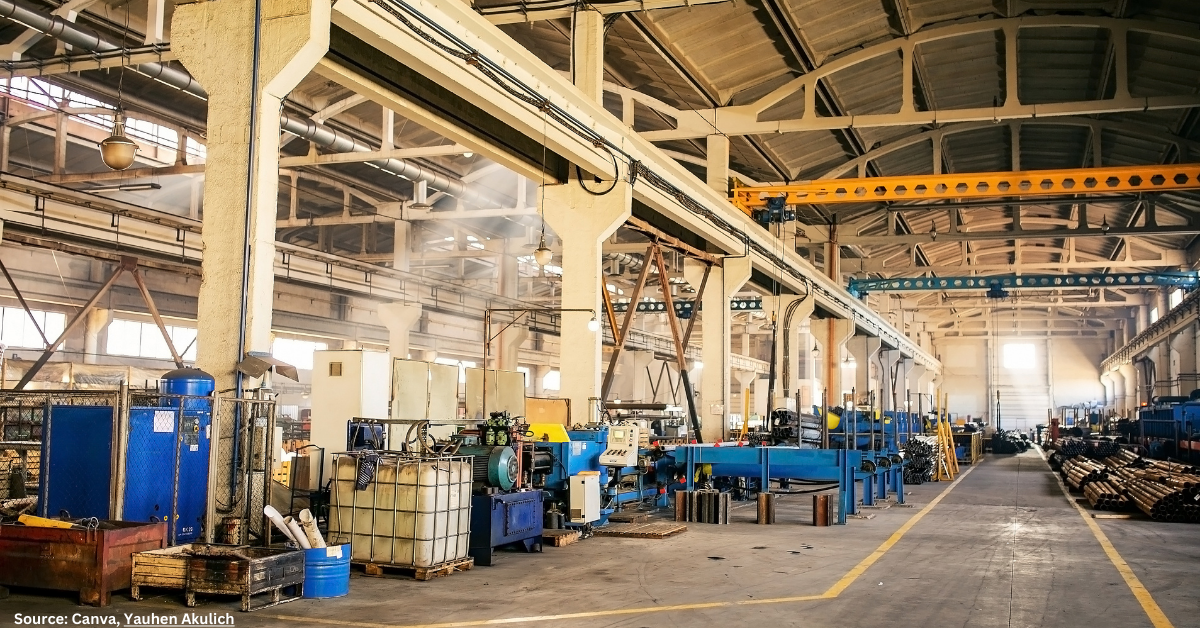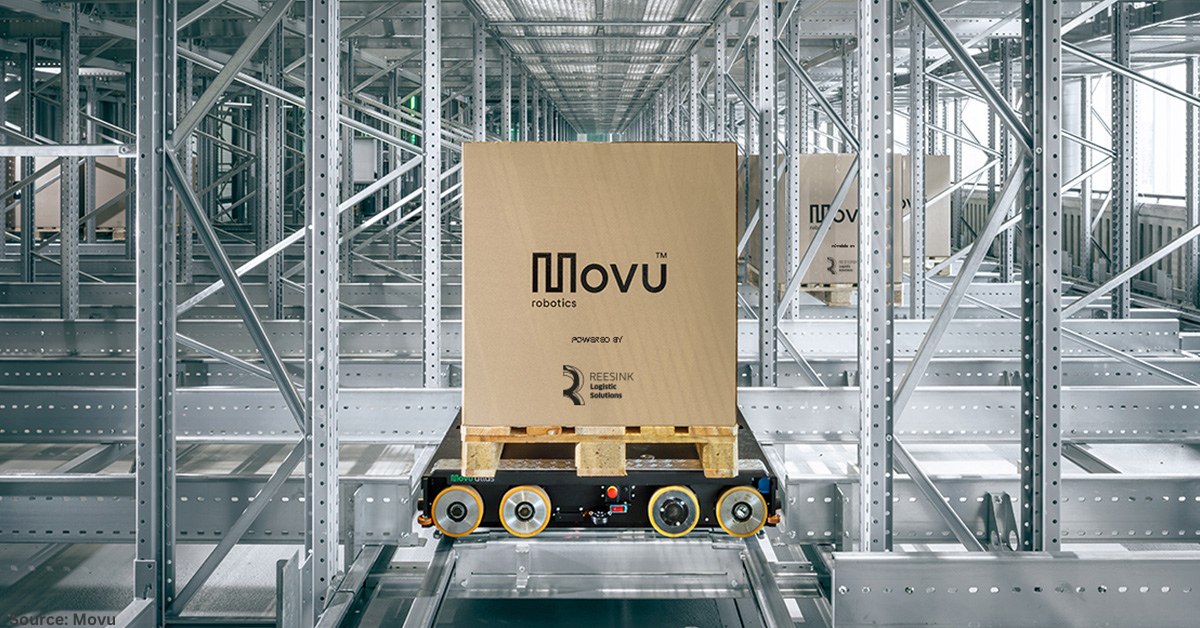Australian exports are signalling a strong recovery, with 69% of local businesses confident that their export revenue is likely to increase next year, according to results from the annual DHL Export Barometer.
The high confidence level is on par with 2019 levels following a 19-year low of 47% exporters in 2020.
Businesses surveyed have attributed the expected growth next year to a range of reasons. These include increases in customer demand, sales and marketing activities, and the launch of new products or services.
This optimism also extends to the number of businesses that plan to hire new staff (48%) and increase wages (57%) in 2022.
COVID-19 impacts export revenue, but recovery expected in 2022
In the past twelve months, 45% of businesses have reported growth in export orders, which is 17% up from results in 2020.
In terms of revenue, a third (33%) recorded a slight or significant increase, with large businesses and businesses selling to consumers more likely to report growth.
Although close to half of the exporters (48%) reported a slight or significant decline in revenue due to COVID-19 this year, the proportion was an improvement from 57% in 2020. Exporters based in New South Wales, the Australian Capital Territory, Victoria, and Tasmania were more likely to report a decline in export revenue.
More than half (59%) of businesses that experienced declining revenue in the past year are also expecting export revenue to return to pre-pandemic levels by the end of 2022.
New export challenges for businesses, with the increased cost of freight most highlighted
Due to the pandemic, more export challenges were introduced this year. Businesses dealt with skyrocketing freight costs (65%) and supply chain issues such as a shortage of products or raw materials (43%), and international travel restrictions (43%).
Gary Edstein, CEO and Senior Vice President of DHL Express Australia, said pandemic-related challenges have impacted more businesses this year.
“International travel restrictions that created a shortage in airline cargo capacity in 2020 have created flow-on effects to the cost of freight and the ability of exporters to visit business contacts and manufacturing facilities overseas,” Edstein said.
“Furthermore, as consumers have taken to e-commerce, export orders and demand for cross-border delivery services have grown exponentially,” he said.
However, he noted that Australian businesses have remained steadfast, saying that it is positive to see more businesses in 2021 reporting growth and 69% expecting further increases in 2022.
“The pandemic has proved how vital international connections are for sustaining global trade. Businesses with efficient growth strategies, considered target markets and the support of robust logistics networks such as DHL Express will continue to recover into 2022.”
Businesses concentrate focus on export markets, with North America now the main target
This year, the average number of export markets targeted by businesses dropped to 3.8, down from 4.4 in 2019-20. The most common export destinations included: New Zealand (targeted by 58% of businesses), followed by North America (52%), Europe (39%), and the UK (38%). Looking to 2022, the most popular destinations businesses plan to target in their export activities are New Zealand (21%), North America (19%), Europe (18%), and the UK (18%).
In terms of the main export destination for a business, North America took the top position this year, with 27% electing it as the main export market, surpassing New Zealand which ranked first in past years. At 25%, New Zealand was the second main export destination this year.
More exporters use e-commerce to generate orders
With the move to remote work and growth in online shopping, this year had a record 82% of Australian businesses generating export orders online, up 8% from 2020. Small office home office-sized businesses were more likely to use e-commerce, at 86%.
Businesses that reported growth in revenue this year were more likely to employ strategies to drive online export orders. Looking to 2022, investing in online marketing (40%) is most popular, followed by improvements to website design (34%), fulfilment and delivery (29%), and customer service (26%).

























































Follow us on social media